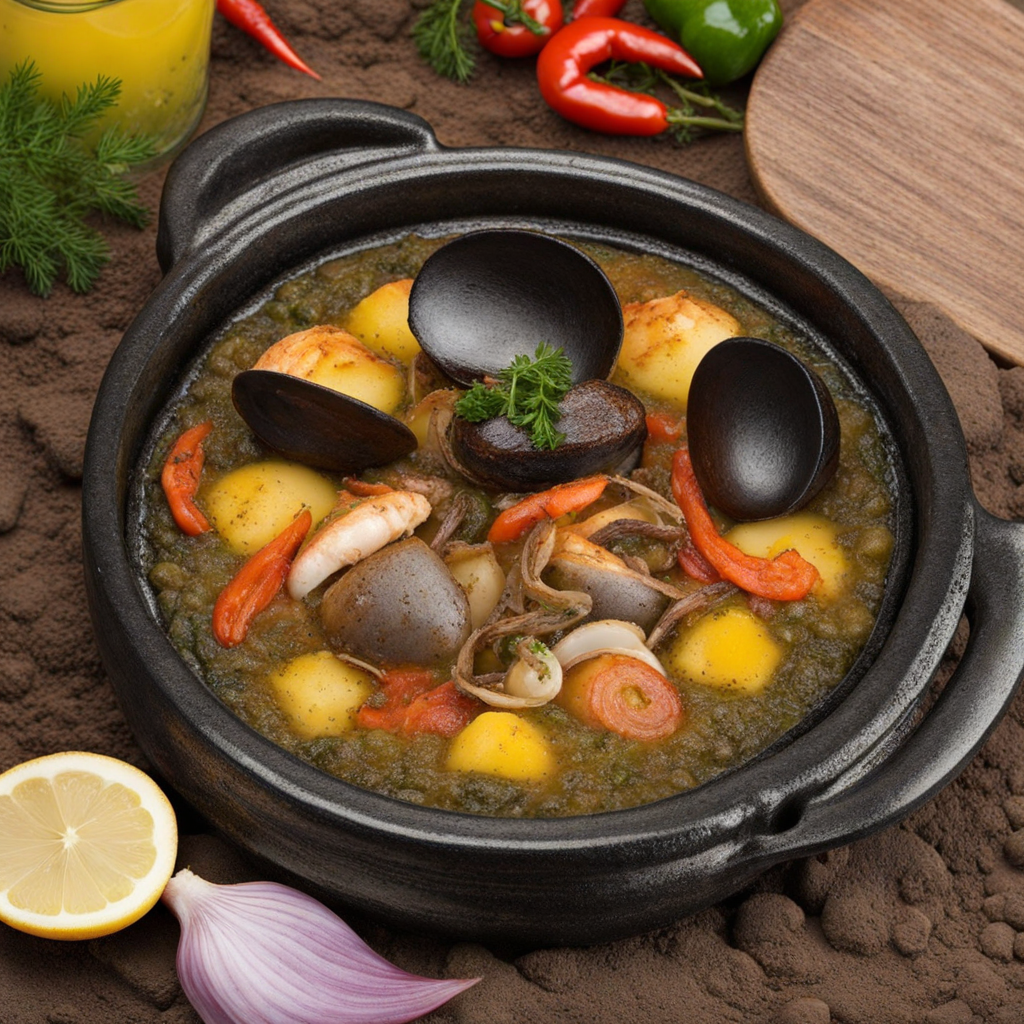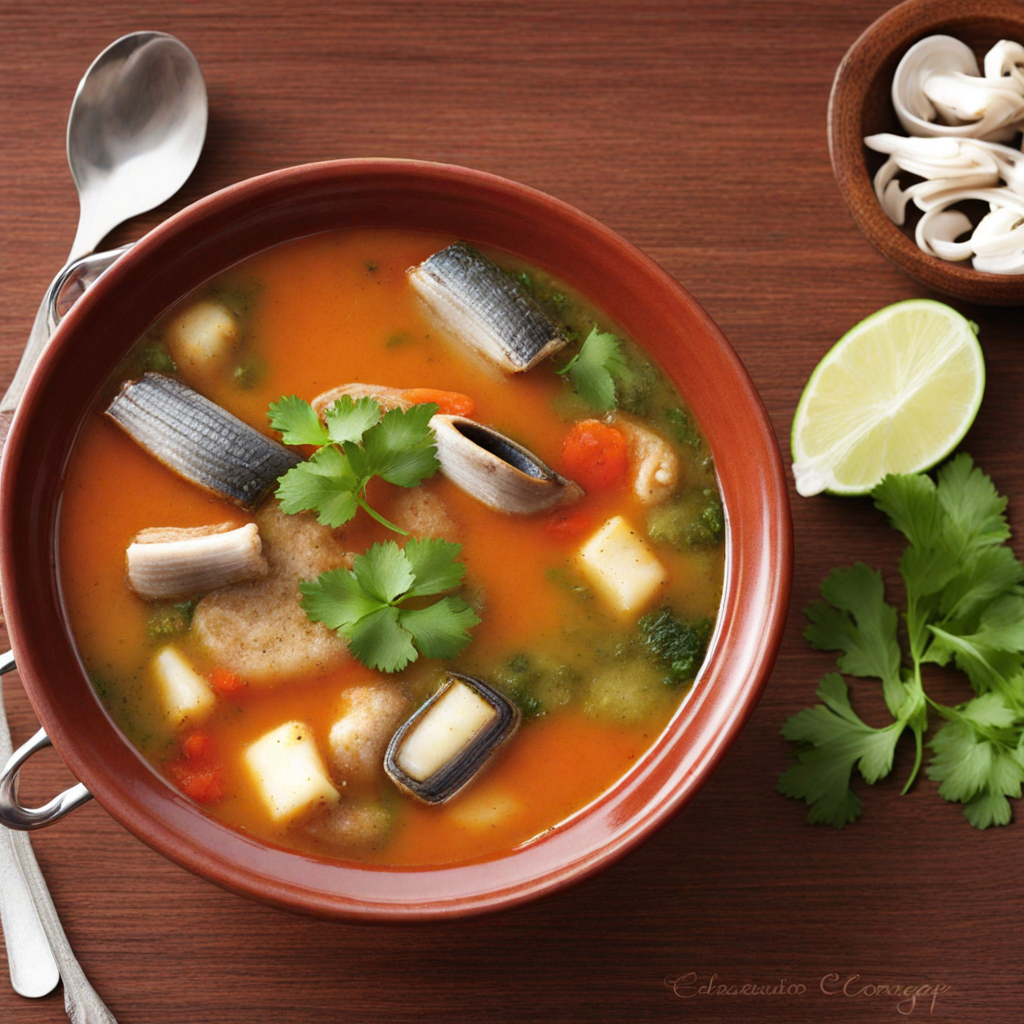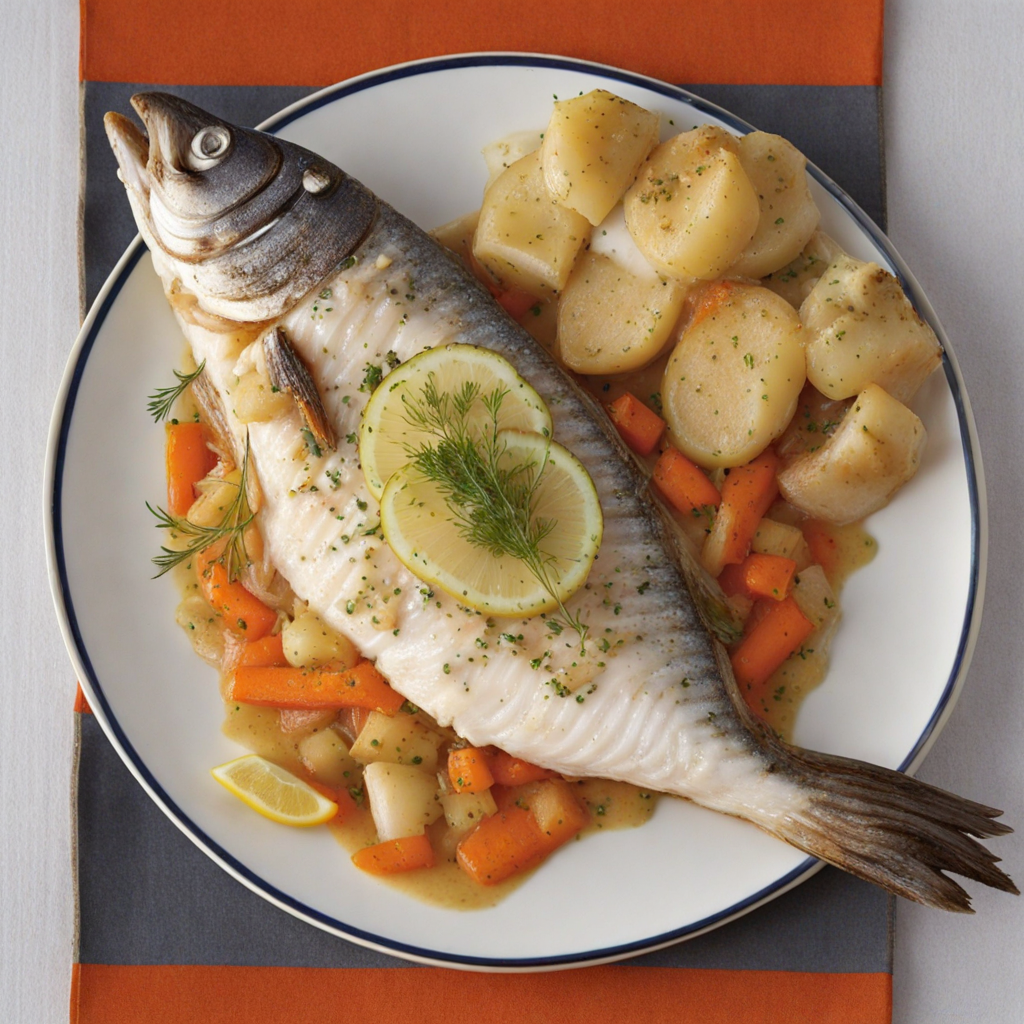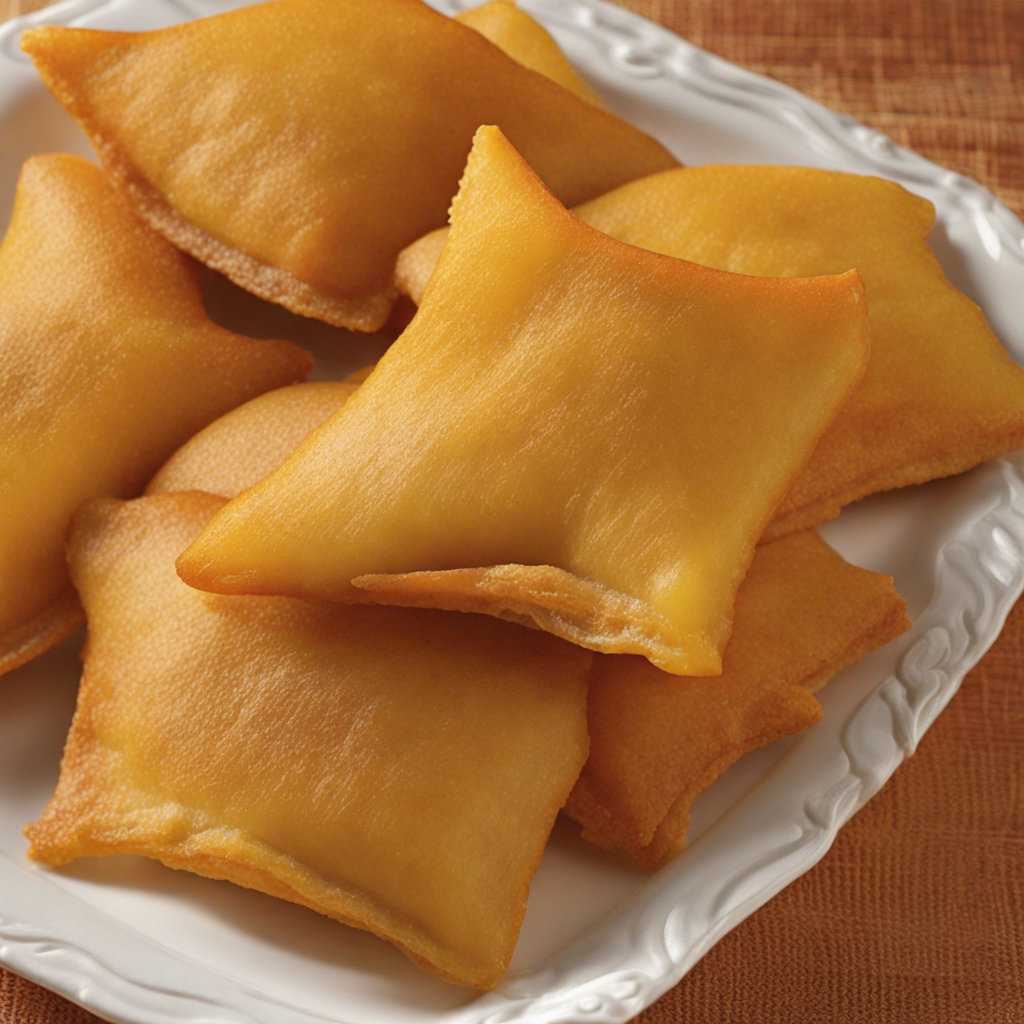Curanto
Curanto is a traditional Chilean dish that hails from the coastal region of Chiloé, characterized by its unique cooking method and vibrant flavors. This communal meal is a delightful blend of various ingredients, including seafood, meats, potatoes, and vegetables. The essence of Curanto lies in its preparation, where the ingredients are layered and cooked in a pit in the ground, surrounded by hot stones and covered with leaves, allowing the flavors to meld together beautifully. The result is an aromatic, hearty dish that showcases the bounty of the land and sea, making it a true reflection of Chilean culture and its connection to nature. As you dig into a serving of Curanto, you will encounter a medley of textures and tastes. The tender, juicy meats—often including chicken, pork, and beef—pair wonderfully with the fresh seafood, such as mussels and clams. The addition of potatoes, often cooked in their skins, and vegetables like pebre or chapalele (a type of potato dumpling) further enriches the dish. Each bite reveals layers of flavor, from the briny notes of the shellfish to the savory depth of the meats, all enhanced by the earthy undertones of the cooking process. What sets Curanto apart is not only its diverse ingredients but also the communal experience it fosters. Traditionally enjoyed during gatherings and celebrations, this dish brings people together, encouraging sharing and storytelling around the table. Whether you’re savoring it at a local festival or trying your hand at preparing it at home, Curanto offers a unique culinary adventure that transports you to the heart of Chilean tradition, inviting you to relish every bite and create lasting memories.
How It Became This Dish
Curanto: A Culinary Tradition of Chile Origins and Historical Context Curanto, a traditional dish that hails from the Chiloe Archipelago in southern Chile, has roots that stretch back to the indigenous Mapuche people. The name "curanto" is derived from the Mapudungun word "kurantu," which means "to heat stones." This technique of cooking with heated stones, embedded in a pit, has been a part of the region’s culinary practices for centuries, possibly even millennia. The origins of curanto can be traced to the pre-Columbian era, where it was a communal method of cooking that involved a gathering of family and community members. When the Spanish colonizers arrived in the 16th century, they encountered the Mapuche’s cooking methods and ingredients, leading to a fusion of indigenous and European culinary practices. This melding of cultures would shape the curanto we know today, incorporating ingredients such as pork and chicken, which were introduced by the Spaniards. Cultural Significance Curanto is not just a dish; it is a vibrant reflection of community, tradition, and identity in Chiloe. It is typically prepared during special occasions, celebrations, and communal gatherings, emphasizing the importance of togetherness. The preparation of curanto is often a festive event, where family and friends come together to partake in the cooking process, fostering a sense of community and shared heritage. In Chiloe, food is a central aspect of cultural identity. Curanto represents the resilience and adaptability of the local people, showcasing their ability to utilize the abundant resources of the land and sea. The dish encapsulates the region’s history, environmental conditions, and the blending of cultures. It serves as a symbol of Chiloe’s unique identity, distinguishing it from the rest of Chile and celebrating its indigenous roots. Ingredients and Preparation Curanto traditionally consists of a variety of ingredients, which may include different types of meat (such as chicken, pork, and sometimes beef), seafood (like mussels, clams, and fish), potatoes, and vegetables (like onion, garlic, and various local greens). The selection of ingredients varies based on the season and availability, highlighting the connection to the local environment. The preparation of curanto is an elaborate process that usually involves digging a pit in the ground and layering heated stones at the bottom. The stones are heated in a fire until they are glowing hot. Once the stones are ready, a layer of leaves, often from the nalca plant (Gunnera tinctoria), is placed over the stones to create a steam chamber. The ingredients are then arranged in layers, beginning with the meats, followed by seafood, and finally vegetables and potatoes. The layers are then covered with more leaves and a final layer of soil to trap the steam and heat, allowing the ingredients to cook slowly over several hours. The communal aspect of curanto preparation is paramount, as it often involves a group effort. Everyone has a role, from gathering ingredients to preparing the pit and monitoring the cooking process. This collaborative spirit enhances the overall experience and reinforces social bonds. Evolution Over Time While curanto has remained relatively consistent in its traditional preparation, it has also evolved over time, particularly with the influence of globalization. In recent years, curanto has gained popularity beyond the confines of the Chiloe Archipelago, attracting both Chileans and international visitors. As a result, variations of curanto have emerged, adapting to different tastes and dietary preferences. In urban areas, curanto is often prepared in more accessible ways, such as using large pots for cooking on the stove or grill. Some restaurants have even taken to serving curanto in a modified form, with ingredients presented in a more refined manner, catering to contemporary culinary trends. However, despite these adaptations, the essence of curanto remains intact, embodying the spirit of community and the richness of Chilean culture. Additionally, the rise of culinary tourism has contributed to the resurgence of traditional food practices, including curanto. Visitors to Chiloe are often eager to experience authentic local cuisine, prompting a renewed interest in traditional cooking methods and communal gatherings centered around curanto. This has led to the establishment of festivals and events dedicated to celebrating curanto, further solidifying its place in Chilean gastronomy. Modern Significance and Preservation Today, curanto stands as a testament to the enduring cultural heritage of the Chiloe Archipelago. It has been recognized not only as a culinary delight but also as an integral part of the region's cultural landscape. Efforts to preserve traditional cooking methods and promote awareness of curanto have led to initiatives aimed at safeguarding this culinary heritage. In 2019, curanto was recognized as part of the Intangible Cultural Heritage of Humanity by UNESCO, underscoring its significance as a cultural practice that embodies community values, traditions, and culinary artistry. This recognition has spurred greater interest in the dish, encouraging both locals and tourists to engage with the culinary traditions of Chiloe. Conclusion Curanto is more than just a dish; it is a living embodiment of the history, culture, and communal spirit of the Chiloe Archipelago. From its indigenous roots to its modern adaptations, curanto reflects the resilience and creativity of the local people. The communal preparation and consumption of curanto serve as a reminder of the importance of togetherness, identity, and tradition. As the world continues to evolve, so too will the practices surrounding curanto. However, its essence—rooted in community, culture, and a deep respect for the land—will undoubtedly endure. Curanto remains a delicious and meaningful testament to the rich culinary tapestry of Chile, inviting all who partake in it to connect with the past, present, and future of this extraordinary dish.
You may like
Discover local flavors from Chile







